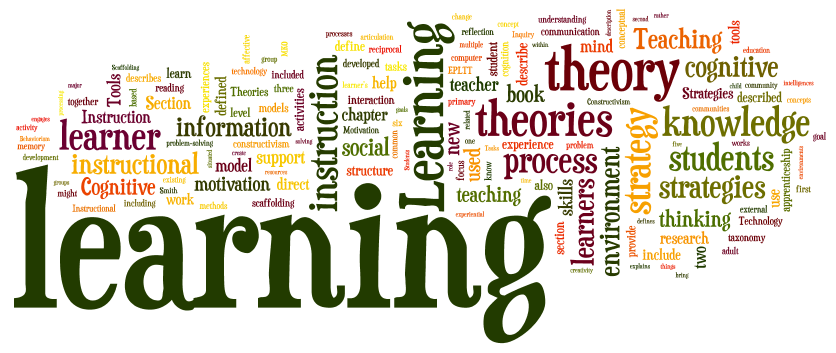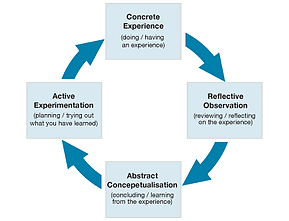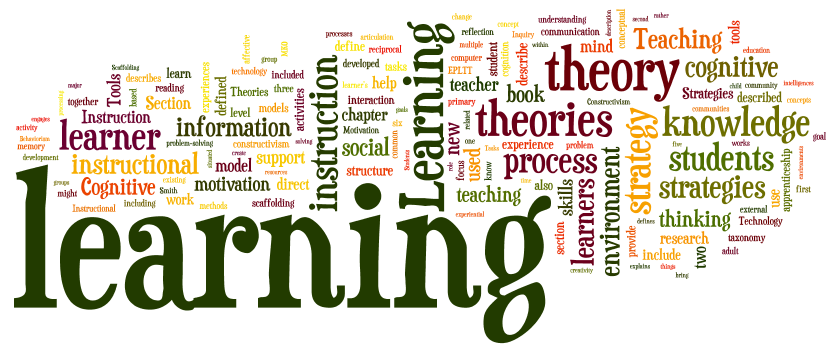 In the first post of this series, we reviewed the associative perspective of e-learning pedagogy—the first of the three most common perspectives behind the methods and practices of online learning. In E-Learning Pedagogy Part 2: The Cognitive Perspective, we’ll take a look at this second perspective and provide examples of how these learning methods are applied in an e-Learning environment.
In the first post of this series, we reviewed the associative perspective of e-learning pedagogy—the first of the three most common perspectives behind the methods and practices of online learning. In E-Learning Pedagogy Part 2: The Cognitive Perspective, we’ll take a look at this second perspective and provide examples of how these learning methods are applied in an e-Learning environment.
Cognitive Learning
The cognitive pedagogical perspective sees learning as a result of thoughts, experiences, and sensations—learning through understanding.
What Does That Mean?
In practice this means knowledge is transmitted by communication, explanation, recombination, contrast, inference, and problem solving. In e-learning, this is often applied through ‘cognitive scaffolding’--a kind of guide that is always present and supports the learner by asking questions and promoting reflection.
Related Models and Frameworks
Kolb’s Learning Cycle

This is likely the best known experiential pedagogical model, from the work of David Kolb. It takes a ‘learn by doing’ approach that passes through four repeating stages:
- Concrete Experience (doing or having an experience)
- Reflective Observation (reviewing and reflecting on the experience)
- Abstract Conceptualization (concluding, learning from the experience)
- Active Experimentation (planning, trying out what has been learned)
Laurillard’s Conversational Framework
Diana Laurillard’s framework (an interactive visual can be found here) outlines the process of interaction between a teacher and student and shows how learning concepts are handled and adapted as they interact back and forth.
Community of Inquiry Framework
This approach focuses on collaborative problem-based learning and consists of three overlapping parts:
- Social presence: identification with community
- Teaching presence: the design, facilitation, and directing of learning
- Cognitive presence: to what extent learners are able to construct their own meaning through reflection and discourses
Constructivist Learning Environments
This type of framework assumes learning happens when students are engaged in building meaning in an activity. There are five parts:
- Active and manipulative: learning happens when learners develop knowledge and skills in response to their environment, manipulating objects and observing and learning from the results.
- Constructive and reflective: learning happens as learners reflect on activity and observations and articulate what they have learned.
- Intentional: learning happens when learners are motivated to achieve a cognitive goal.
- Authentic: learning happens in a meaningful context rather than being oversimplified, abstracted, and presented in isolation.
- Cooperative: learning relies on social understandings that help learners build on and learn from their own and each other’s knowledge in order to construct new knowledge.
n-Quire Framework
This personal inquiry framework supports learning in different contexts. The inquiry process is represented as a series of connected, iterative phases from the viewpoint of the learner:
- Find my topic
- Decide my inquiry question or hypothesis
- Plan my methods, equipment and actions
- Collect my evidence
- Analyze and represent my evidence
- My conclusions
- Share and discuss my inquiry
- Reflect on my progress
How is this Applied in E-Learning?
To apply cognitive pedagogical models in an e-learning environment, intelligent learning systems and adaptive learning technology can be used to adapt content to the learner’s progress; simulated worlds and other structured learning environments can help immerse the learner in content; support systems can guide and prompt learners;and social or other collaborative tools can be used to promote dialogue, interaction, and vicarious learning.
In the next post, we’ll look at situative models and frameworks of e-learning pedagogy.
Based on Gráinne Conole’s Review of pedagogical models and their use in e-learning.




